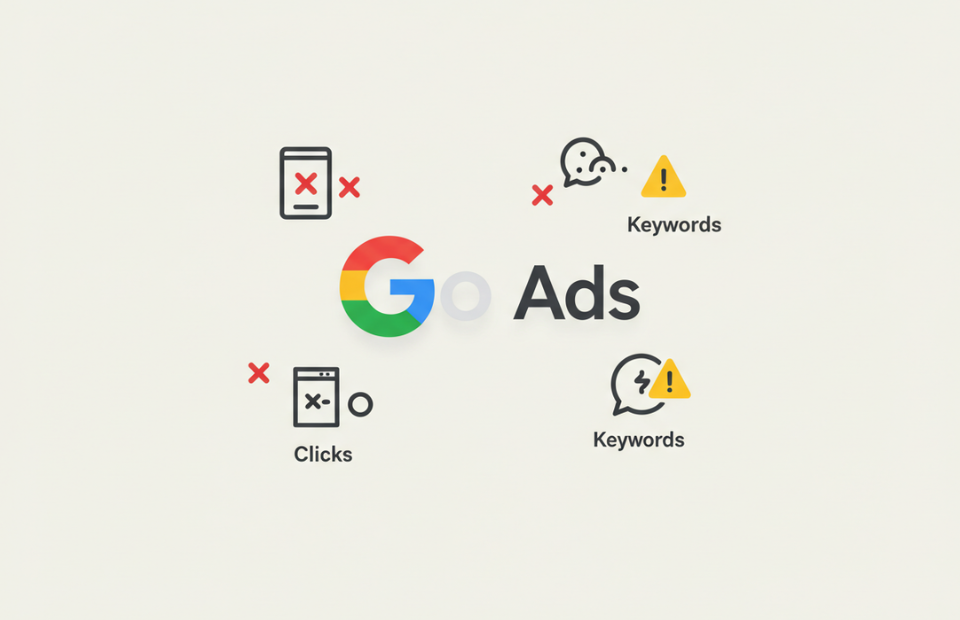Pinterest remains a powerful platform for driving blog traffic, with over 500 million monthly active users searching for inspiration in 2025. Its visual nature and search-engine-like functionality make it an ideal tool for bloggers looking to expand their reach. Here’s a step-by-step guide to leveraging Pinterest to grow your blog traffic this year.

1. Optimize Your Pinterest Profile
Your Pinterest profile is the foundation of your strategy. Make it clear and professional to attract the right audience.
- Use a Business Account: Switch to a Pinterest Business account (free at pinterest.com/business) for access to analytics and advertising tools.
- Keyword-Rich Bio: Include keywords relevant to your blog niche (e.g., “vegan recipes” or “home decor DIY”) to improve discoverability.
- Profile Image and Name: Use your blog’s logo or a professional headshot and ensure your name matches your blog for brand consistency.
2. Create High-Quality, Shareable Pins
Pins are the heart of Pinterest. Eye-catching, high-quality visuals drive clicks to your blog.
- Vertical Images: Use a 2:3 aspect ratio (e.g., 1000×1500 pixels) for optimal display. Vertical pins perform better than square or horizontal ones.
- Bold Text Overlays: Add clear, readable text to your pins summarizing the blog post’s value (e.g., “10 Easy Vegan Dinners”).
- Branded Design: Use consistent colors, fonts, and logos to make your pins recognizable. Tools like Canva offer free Pinterest templates.
- Multiple Pins per Post: Create 3–5 unique pins for each blog post to test which designs drive the most clicks.
3. Leverage Keywords and Hashtags
Pinterest functions like a search engine, so SEO is critical.
- Pin Descriptions: Write detailed descriptions (100–200 characters) with keywords your audience searches for. For example, a travel blogger might use “budget travel tips Europe 2025.”
- Hashtags: Add 2–4 relevant hashtags (e.g., #TravelTips, #BudgetTravel) to increase pin visibility in trending searches.
- Board Titles and Descriptions: Optimize your boards with keywords. For instance, a board titled “Healthy Meal Prep Ideas” should include terms like “quick recipes” or “meal planning.”
4. Organize and Curate Boards Strategically
Well-organized boards help users find your content and encourage them to follow you.
- Niche-Specific Boards: Create boards that align with your blog’s topics (e.g., “DIY Home Projects” or “Fitness for Beginners”).
- Group Boards: Join or create group boards to collaborate with other bloggers in your niche, amplifying your reach.
- Curate Content: Pin a mix of your own content (80%) and others’ (20%) to keep boards active and engaging.
5. Use Pinterest Analytics to Refine Your Strategy
Pinterest’s built-in analytics (available with a Business account) provide insights into what’s working.
- Track Performance: Monitor which pins drive the most clicks, saves, and impressions. Focus on replicating successful formats.
- Audience Insights: Analyze your audience’s demographics and interests to tailor content to their preferences.
- Seasonal Trends: Plan content around Pinterest’s trending topics, like holiday recipes in Q4 or summer travel ideas in Q2.
6. Schedule Pins for Consistency
Consistency is key to staying visible on Pinterest.
- Use a Scheduler: Tools like Tailwind or Pinterest’s native scheduler allow you to plan pins in advance, ensuring regular posting.
- Optimal Timing: Post when your audience is most active—typically evenings or weekends. Analytics can help pinpoint the best times.
- Pin Frequency: Aim for 5–10 pins per day, mixing fresh and repinned content.
7. Experiment with Pinterest Ads
Pinterest Ads can boost your reach, especially for new blogs.
- Promoted Pins: Start with a small budget ($5–$10/day) to promote your best-performing pins.
- Targeted Campaigns: Use Pinterest’s targeting options to reach users based on interests, demographics, or search behavior.
- Track ROI: Monitor ad performance through Pinterest Analytics to ensure you’re getting clicks to your blog at a reasonable cost.
8. Engage with the Pinterest Community
Building relationships on Pinterest can increase your visibility.
- Follow Relevant Accounts: Engage with influencers and bloggers in your niche by saving their pins and commenting thoughtfully.
- Respond to Comments: Reply to users who comment on your pins to foster engagement and build a loyal audience.
- Join Tailwind Communities: These are similar to group boards but focus on sharing content within a niche, boosting exposure.
9. Optimize Your Blog for Pinterest Traffic
Ensure your blog is ready to convert Pinterest visitors into loyal readers.
- Pin-Friendly Images: Include at least one pinnable image (vertical, high-quality) in every blog post.
- Pinterest Share Buttons: Add a “Pin It” button to your blog using plugins like Social Warfare or Grow by Mediavine.
- Fast-Loading Site: A slow website can deter Pinterest users. Use tools like Google PageSpeed Insights to optimize load times.
10. Stay Updated on Pinterest Trends for 2025
Pinterest releases annual trend reports (check pinterest.com/business/predicts) that highlight what users are searching for.
- Sustainability and Wellness: Eco-friendly and mental health content continues to trend in 2025.
- Short-Form Video Pins: Idea Pins (Pinterest’s short video format) are gaining traction. Create 15–30-second videos linking back to your blog.
- Inclusive Content: Diverse and inclusive visuals resonate with Pinterest’s broad audience.
Conclusion
Pinterest is a goldmine for bloggers willing to invest time in creating quality pins and optimizing their strategy. By focusing on SEO, consistent posting, and engaging visuals, you can drive significant traffic to your blog in 2025. Start small, track your results, and refine your approach based on analytics to see steady growth.


